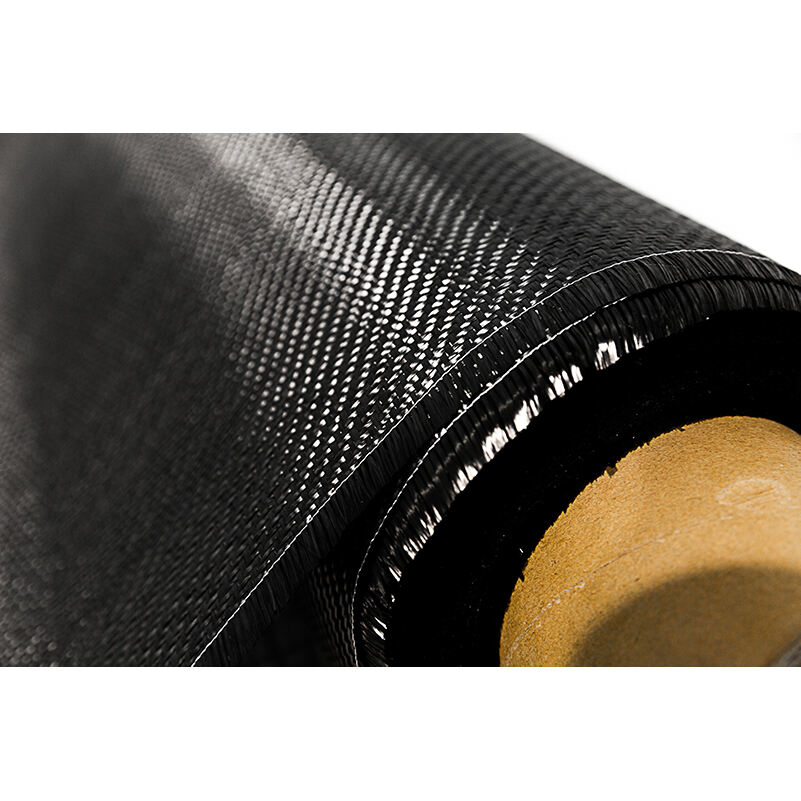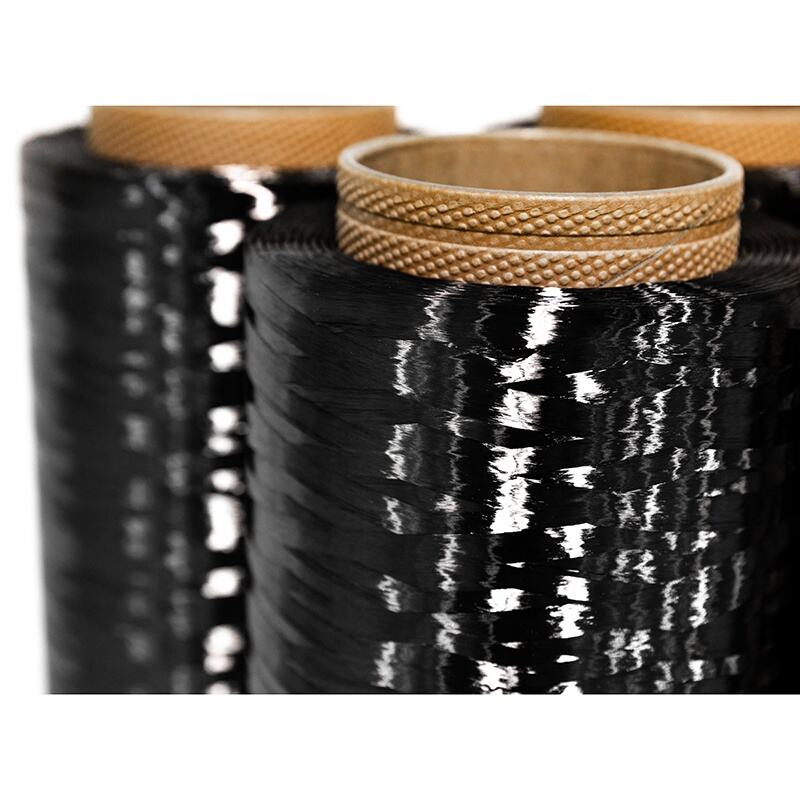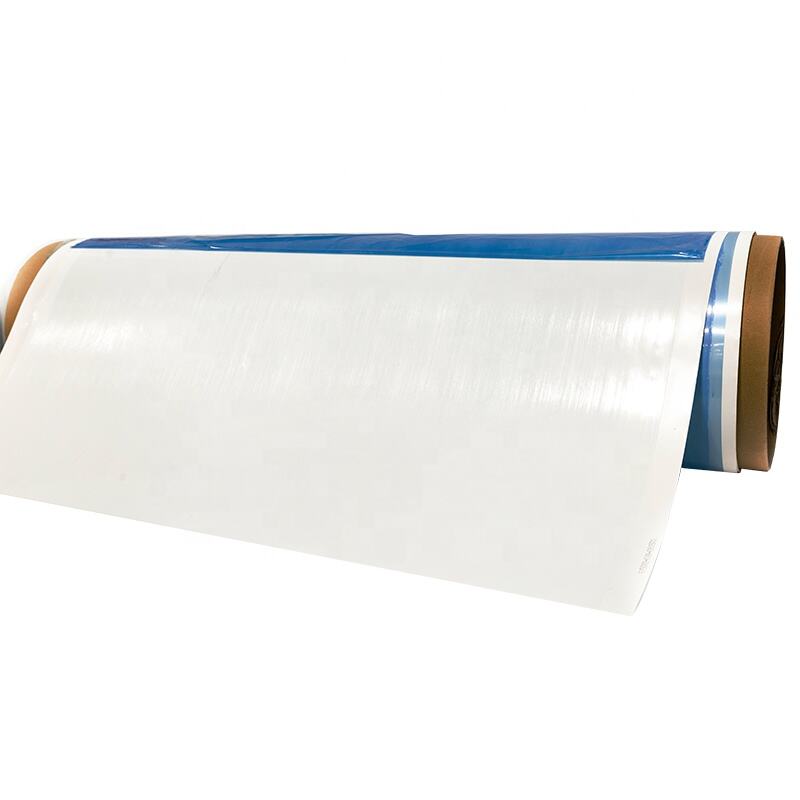carbon fiber twill
Carbon fiber twill represents a sophisticated weaving pattern in advanced composite materials, characterized by its distinctive diagonal ribs that create an aesthetically pleasing herringbone appearance. This specialized weave consists of carbon fiber tows interlaced in an over-under pattern, with each fiber bundle passing over two or more bundles before going under the next set. The resulting fabric exhibits exceptional structural integrity and uniform strength distribution across all directions. The twill weave pattern enhances the material's drapability, making it ideal for complex curved surfaces and intricate molding applications. The material's structure allows for optimal resin penetration during the manufacturing process, ensuring superior bonding and structural performance. Beyond its technical merits, carbon fiber twill delivers an unmistakable visual signature that has become synonymous with high-performance applications. The material's inherent properties include outstanding strength-to-weight ratio, remarkable durability, and resistance to environmental factors such as UV radiation and chemical exposure. These characteristics make it an invaluable choice across various industries, from aerospace and automotive to sporting goods and luxury products.


